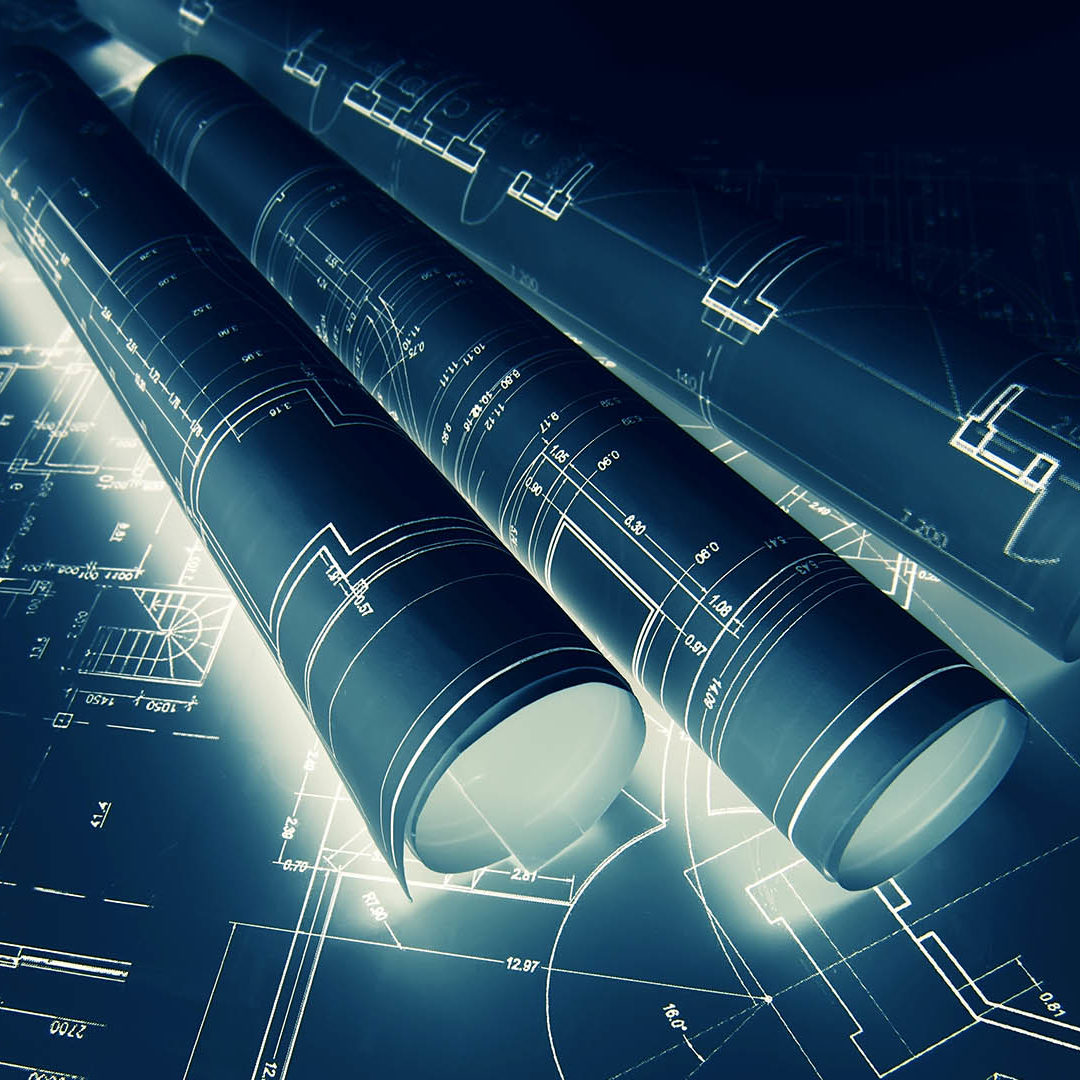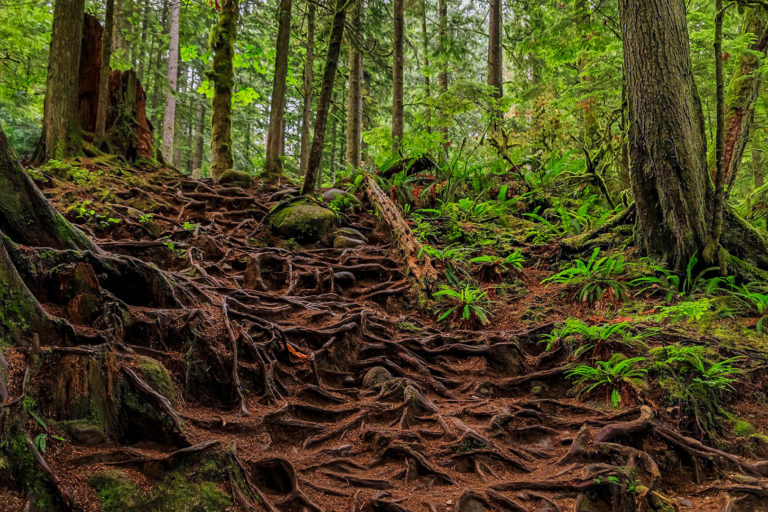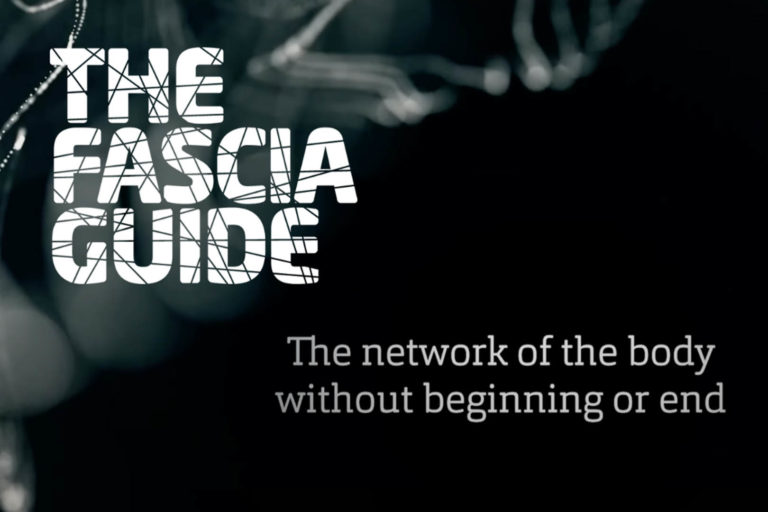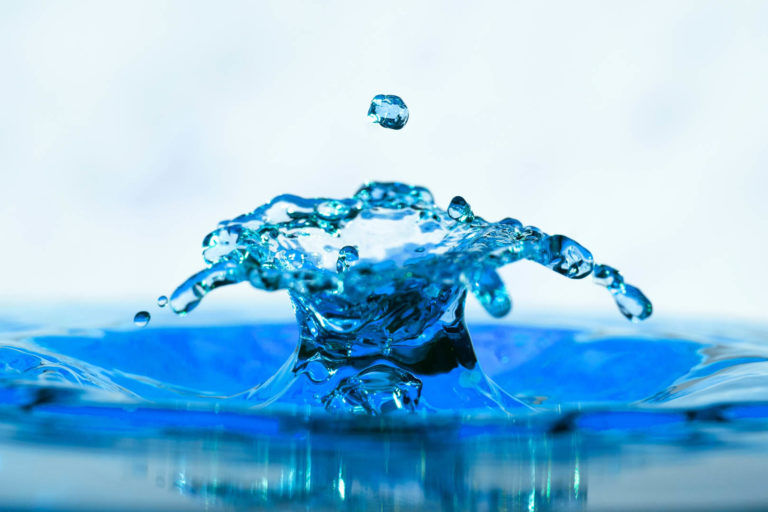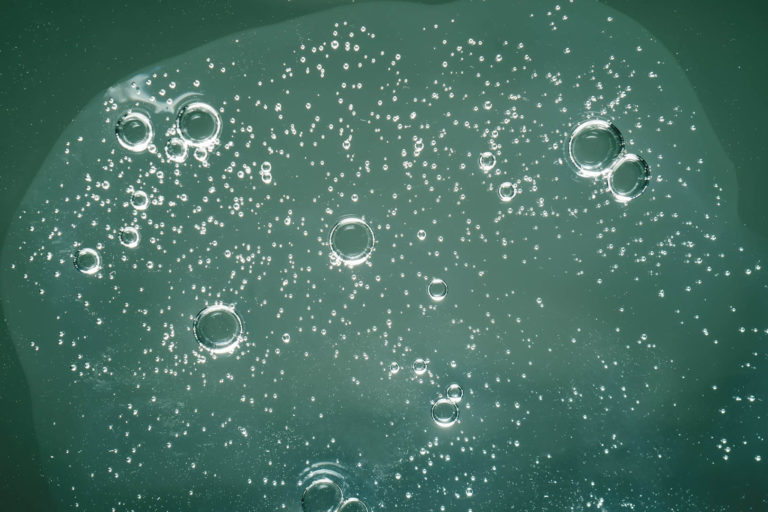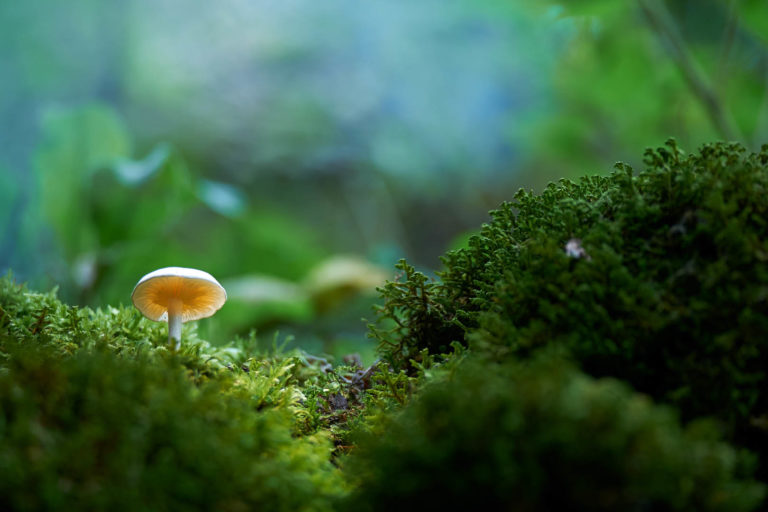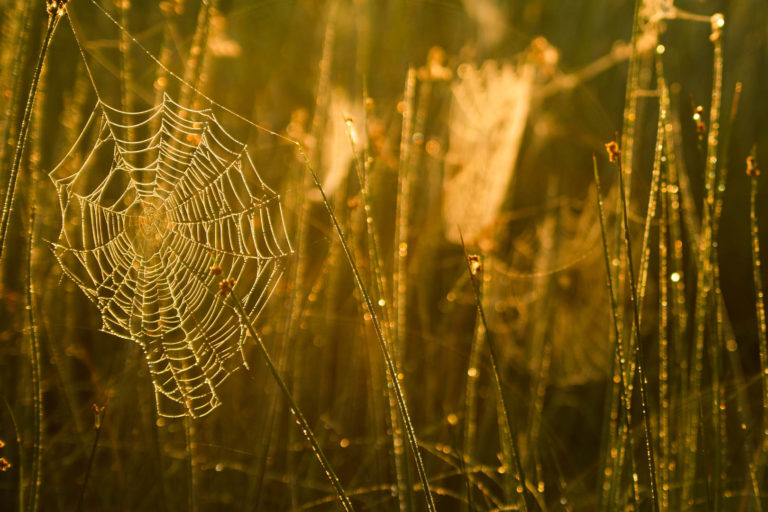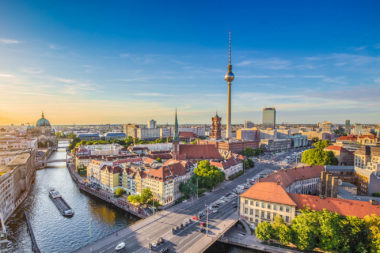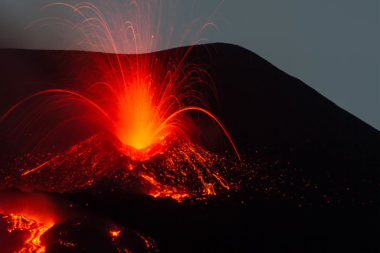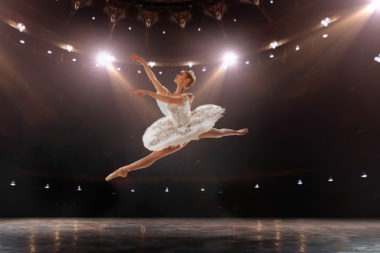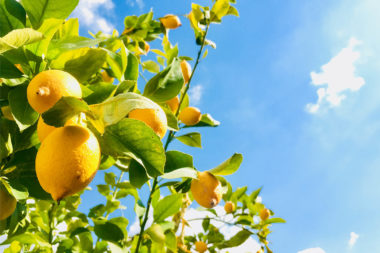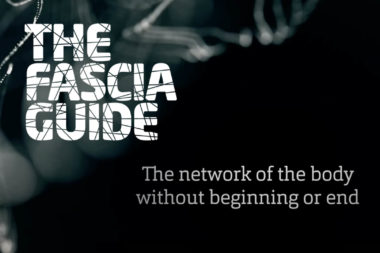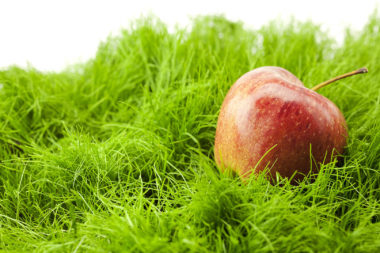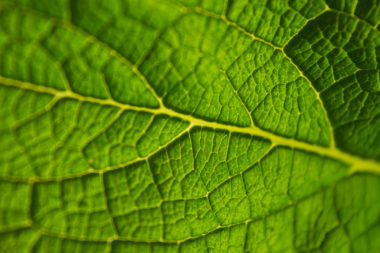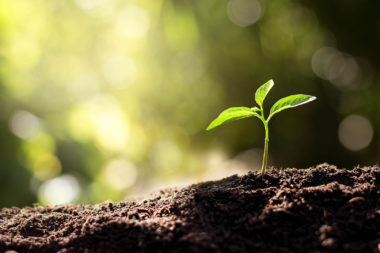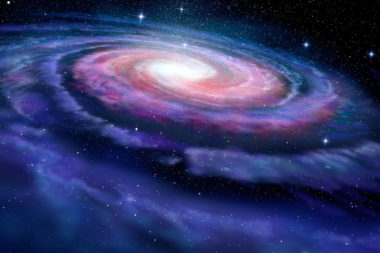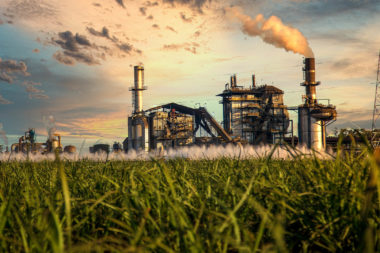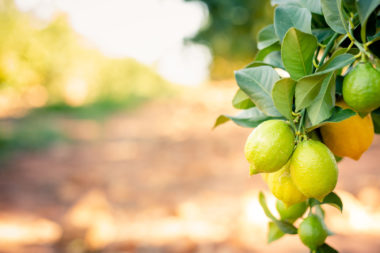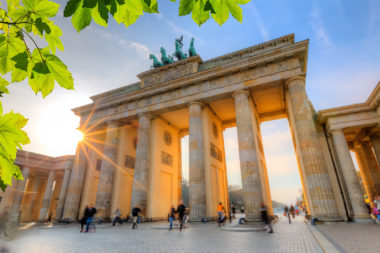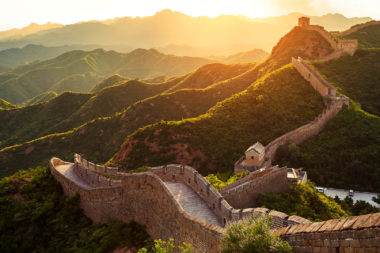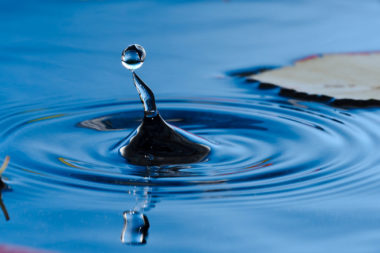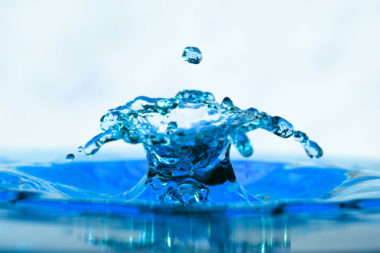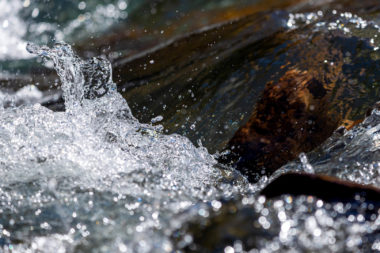
The components in fascia
The body consists of cells and the matrix outside, between the cells, the extracellular matrix (ECM). The cells in the fascia produce, control and maintain all the complex ingredients of the ECM. The ECM has two parts, a fibrous part (fiber proteins) and a fluid part called ground substance.
Cells
- Fibroblasts – produce collagen, elastin, carbohydrates, signal proteins, collagenase, etc, depending of mechanical signals of pressure and vibration. Fibroblasts build up, break down and maintain the ECM.
- Fasciacytes – produce hyaluronan for the ground substance. Found near the sliding layers between the different fascial layers and in the endomysium.
- Immune cells – T cells, mast cells, macrophages, lymphocytes, etc
- Myofibroblasts – Fibroblasts can morph into myofibroblasts, cells which have a contracting ability. This ability helps to close wounds and heals injuries as they produce cytokines, which enhance the inflammatory response.
- Telocytes – a new cell discovered in the fascia, presentated 2016, by Cretoiu et al. Mechanosensitive cells that seem vital to many physiological processes. Seems to be major players in communication between cells. Again, fascia forms a body-wide, cellular signaling network (Langevin 2006, Oschman 2003).
- Adipocytes – also lipocytes or fat cells. Compose adipose tissue (body fat), which is a component in loose fascia. Energy storage and they also have important endocrine functions (produce hormones).
Fiber proteins
- Collagen – The most abundant protein in the body. Type I and III are the types mainly found in fascia and they form fibers to resist tension and adapts to mechanical stress. It gives tensile strength and structure to the tissue.
- Elastin – Is a more elastic protein that gives resilience and elasticity to the tissue. It is found for example in elastic cartilage, loose fascia, skin, lungs, vascular walls, but also in small amounts in tendons and ligaments to give the property to recoil.
- Reticulin – Formed of collagen III fibers. Forms the collagen network around the organs and in the covering around muscle fibers, endomysium.
Ground substance
The fluid part of fascia. The essentials are HA and other GAGs, and PGs.
- Glucosaminoglycans – GAGs – long polysaccharides made up of repeating disaccharide molecules. Resorb big amounts of water. Together with the strength of collagen it gives the ECM the property to resist compressive forces. Include hyaluronan, chondroitin sulfate, dermatan sulfate, heparan sulfate, heparin and keratan sulfate
- Proteoglycans – PGs – occur when GAGs are bound to a protein chain. Peptides that binds water. Gives cushion properties.
- Hyaluronan – HA – Hyaluronan (hyaluronic acid, but it is not an acid) is classified as a non-sulfated glukosaminoglucan. It is the largest polysaccharide in the
- Link proteins – like integrins, connect to molecules ECM, like collagen fibers, to the intracellular actin fiber, the cytoskeleton.
- Collagenase – An enzyme that break down collagen. Produced from fibroblasts when needed.
- Integrins – Link proteins in the cell membrane that facilitate for the molecules in the ECM to adhere to the cell. Mediate cell to cell and ECM to cell interactions. Activate signal transduction from the ECM via the cytoskeleton to the nucleus.
- Growth factors – Signaling molecules between cells, for example cytokines and hormones. Stimulate and regulate cell function, like rate of cell growth and proliferation. They bind to specific cell receptors on the surface of the target cell.
